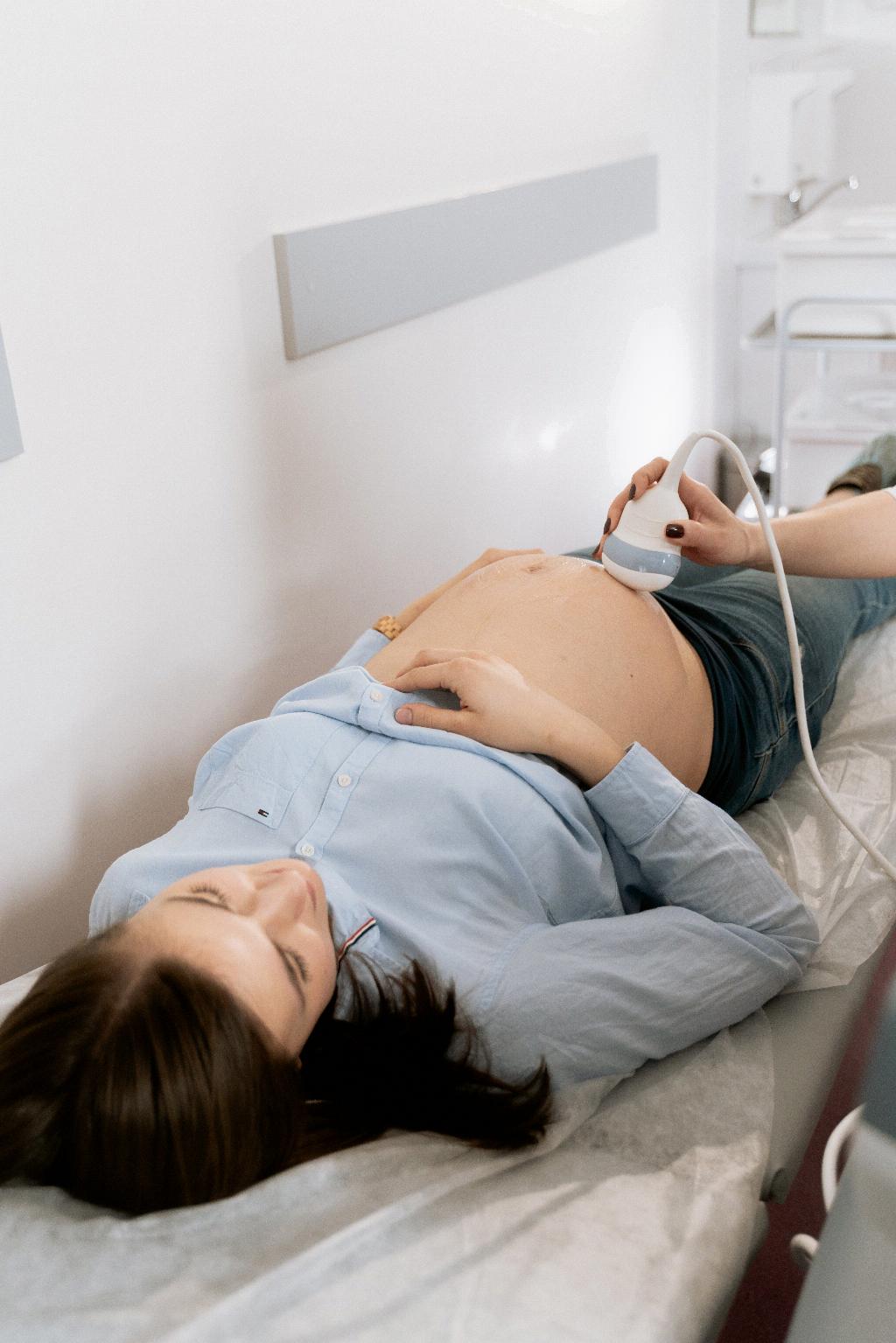When it comes to testing for pregnancy in horses, one method that is often utilized is measuring the levels of Equine Oestrone Sulphate in the blood. This hormone, produced in the mare’s placenta during pregnancy, can provide valuable insight into the gestational status of the animal.
Interpreting Oestrone Sulphate Concentrations
Non-pregnant mares typically have Oestrone Sulphate concentrations below 10 ng/ml. Therefore, a concentration exceeding 10 ng/ml after 100 days of gestation is generally indicative of a positive pregnancy. This threshold serves as a crucial point for determining pregnancy status.
Timing and Thresholds
As the pregnancy progresses, Oestrone Sulphate levels in the blood of pregnant mares tend to rise significantly. Most pregnant mares exhibit concentrations greater than 50 ng/ml by 3-4 months of gestation and levels exceeding 100 ng/ml by 4-5 months. These escalating levels offer a reliable marker of pregnancy development.
Accuracy and Reliability
The measurement of Equine Oestrone Sulphate for pregnancy testing in mares is considered a reliable method due to the consistent patterns observed in pregnant versus non-pregnant individuals. The clear distinction in hormone levels allows for accurate determination of pregnancy status.
Comparing to Other Pregnancy Testing Methods
While there are various techniques available for detecting pregnancy in horses, such as ultrasound or palpation, measuring Oestrone Sulphate levels provides an additional non-invasive option for confirming gestation. This method complements existing diagnostic tools in equine reproductive management.
Factors Influencing Oestrone Sulphate Levels
It is important to consider that Oestrone Sulphate concentrations can be affected by factors such as breed, age, and individual variations in hormone production. Understanding these influences is crucial in interpreting test results accurately.
Testing Procedure
When conducting a pregnancy test using Equine Oestrone Sulphate, a blood sample is typically collected from the mare and analyzed for hormone levels in a laboratory setting. The results are then compared against the established thresholds to determine pregnancy status.
Benefits of Oestrone Sulphate Testing
Utilizing Oestrone Sulphate testing for pregnancy detection offers several advantages, including early confirmation of gestation, monitoring of pregnancy progression, and informing breeding decisions based on accurate information.
Important Considerations
While Oestrone Sulphate testing is a valuable tool in equine reproductive management, it is essential to follow proper protocols and consult with a veterinarian or equine reproductive specialist for accurate interpretation of results and appropriate decision-making.
Conclusion
In conclusion, testing for pregnancy in mares using Equine Oestrone Sulphate levels presents a reliable and informative method for confirming gestational status. By understanding the thresholds, timing, and implications of Oestrone Sulphate concentrations, horse owners and breeders can gain valuable insights into their mare’s reproductive health.

